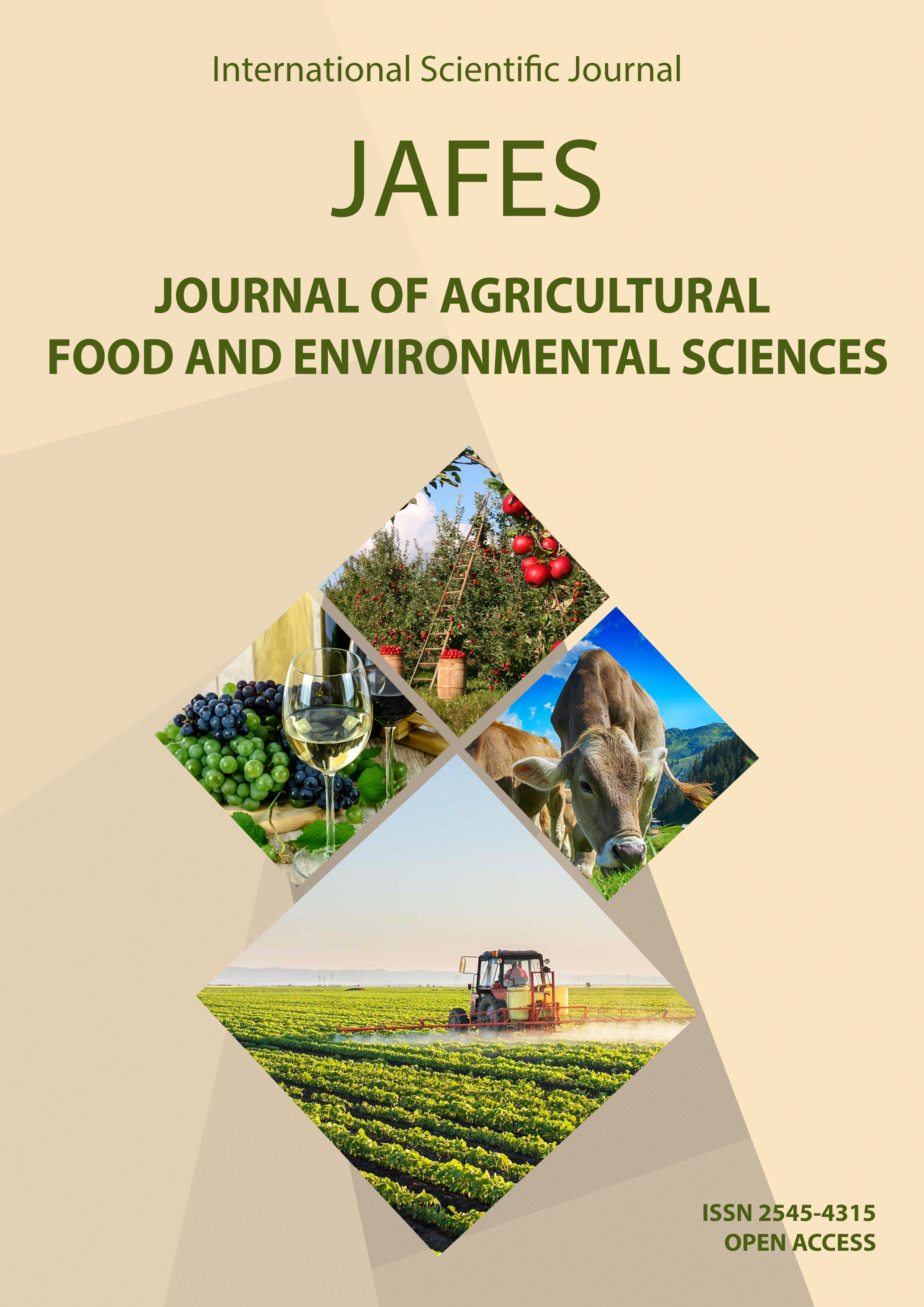EFFECT OF N, S AND B APPLICATION OF BIOMASS YIELD AND HARVEST INDEX FOR TWO OILSEED RAPE GENOTYPES
Keywords:
oilseed rape, N, S, B, biomass yield, harvest index.Abstract
The agro biomass as a renewable energy gradually substituting other sources of biomass. Rapeseed was optimally included in the agro-energy complex as edible oil, as fodder, biofuel and biomass for bioenergy and thermal energy. The main goal of this research was to improve the production potential of winter oilseed rape by using different amounts of N, S and B. The specific objectives were to examine the effect of nitrogen (100 and 150 kg ha-1) applying individually and in combination with sulfur (30 kg ha-1 and 70 kg ha-1) and boron (1 and 2 kg ha-1). The experiment was setup in Skopje region, in three vegetation years 2016 - 2018, with two genotypes: (variety and hybrid), in 15 variants and 4 replications: 1: control Ø; 2: N100; 3: N150; 4: N100+S30; 5: N100+ S70; 6: N150+S30; 7: N150+S70; 8: N100+S30+B1; 9: N100+S30+B2; 10: N100+ S70+B1; 11: N100+S70+B2; 12: N150+S30+B1; 13: N150+S30+B2; 14: N150+S70+B1 и 15: N150+S70+B2. To prove the effects of the applied elements, the following characteristics of production properties were analyzed: above ground biomass yield and harvest index. The above ground biomass yield from the average results obtained from the elements used in three years of research showed, a variety ranging from 11.5 t ha-1 to 13.4 t ha-1, and for the hybrid from 12.2 t ha-1 raise to 14.6 t ha-1. The harvest index for the variety varied from 0.27 to 0.35 Hi, and for the hybrid, the mean values for the experimental period varied from 0.31 to 0.38 Hi.



